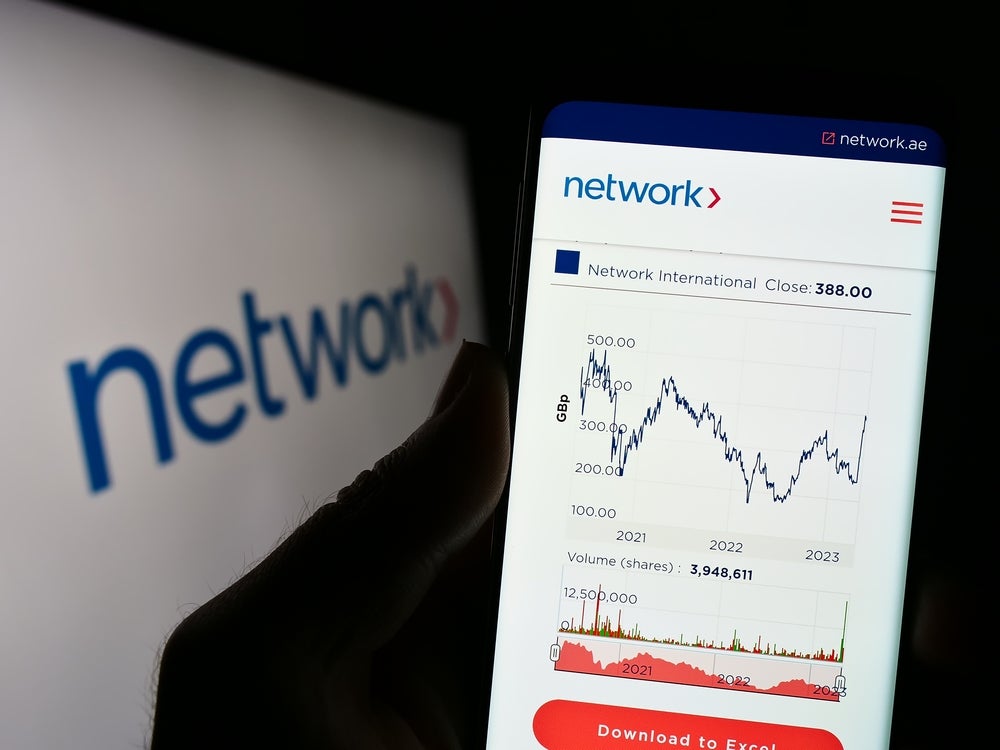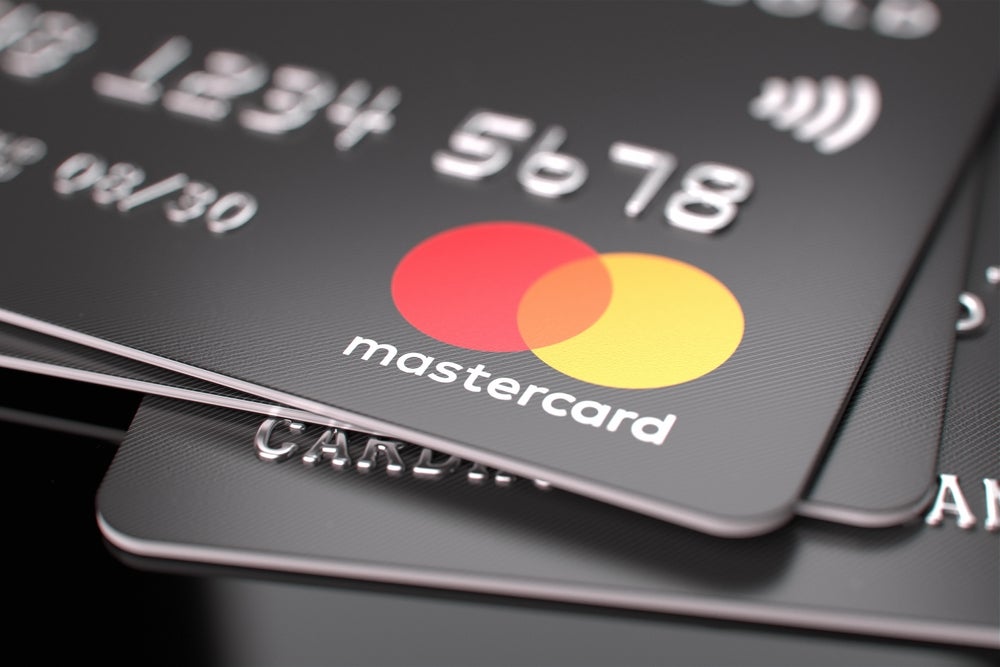Looking to extract greater value from their Latin American infrastructures, Visa and MasterCard are considering a number of options, including mobile payments and remittances. Robin Arnfield spoke to the card schemes and other market participants to gauge the challenges and opportunities they face.
Even during this period of global economic turmoil, Latin America is proving to be a growth powerhouse for MasterCard and Visa, as the two card scheme giants second-quarter 2009 results attest.
Leading in the growth race was Visa, which reported total Latin American and Caribbean (LAC) volumes in constant US dollars of $581 billion, up a 15.3 percent compared with the first quarter of 2008. Of the total payments accounted for $189 billion and cash transactions the balance, Visa-branded cards of all types in issue in LAC stood at 344 million as at 30 June 2009, up from 328 million a year earlier.
Lagging Visa in LAC, MasterCard reported a 7 percent increase in LAC volumes in the second quarter of 2009 to $41 billion, excluding volumes on Cirrus ATM-only cards and Maestro PIN-debit cards. The number of MasterCard-branded cards in LAC rose by 11.3 percent compared with the second quarter of 2008 to 118 million while the number of Maestro PIN-debit brand rose by 10.4 percent to 131 million.
LAC still presents a significant growth market for Visa and MasterCard, Ali Raza, executive vice-president at US-based consultancy Speer & Associates, told EPI.
How well do you really know your competitors?
Access the most comprehensive Company Profiles on the market, powered by GlobalData. Save hours of research. Gain competitive edge.

Thank you!
Your download email will arrive shortly
Not ready to buy yet? Download a free sample
We are confident about the unique quality of our Company Profiles. However, we want you to make the most beneficial decision for your business, so we offer a free sample that you can download by submitting the below form
By GlobalDataMoney transfers, m-payments, e-commerce, and prepaid cards will be a major area of focus and growth for Visa and MasterCard in Latin America in the next five years, said Raza.
He continued that Visa and MasterCard are also looking closely at Latin Americas remittance market which has proved very lucrative for Western Union and MoneyGram.
This makes sense, as the card schemes have global networks and they have members all over the world, he added.
However, stressed Raza, the big challenge for the card schemes is how to get remittance transactions through their networks. The prevailing model, as utilised by Western Union and MoneyGram, is still cash-based for both sending and receiving, he noted.
Where Visa and MasterCard operate international money transfer services these are card-to-card based in partnership with their member banks and utilise a range of channels including ATMs, branches, the internet and mobile phones.
At the time of writing neither Visa nor MasterCard has made public announcements about their plans for Latin America. However, EPI understands that both schemes expect to make announcements about Latin American mobile remittance services by the end of 2009.
Leadership
In the overall Latin American m-payments space, which includes retail purchases, banking, remittances and bill payments, Visa and MasterCard have so far left the running to other players. This is despite both card schemes developing standards and pilots around the world with mobile network operator (MNO) association the GSM Association (GSMA).
I dont think Visa and MasterCard are leading the race in m-payments in Latin America, although they do both have m-payments initiatives in the region, Raza said.
However, no-one has stumbled on the killer app yet, so there is no clear leader anyway in m-payments in Latin America.
Much of the publicity about Latin American mobile payments has focused on players such as Telefónica, the regions dominant telco, philanthropic organisations such as the Bill and Melinda Gates Foundation, and technology vendors such as Rêv Worldwide or Mozido (see EPI 268).
Raza emphasised that mobile payments in Latin America are very important because of the preponderance of prepaid mobile hones and the vast number of unbanked consumers in the region.
MasterCard
Max Chion, MasterCards LAC head of products and solutions, explained to EPI that MasterCard is exploring alternative forms of mobile phone-based payments in Latin America.
Our market research has found that unbanked Latin Americans want mobile services that will help them carry out bill payments, P2P [person-to-person] transfers and cellphone prepaid top-up without having to visit bank branches or agents offices, Chion said.
Although MasterCard has been working with the GSMA since 2007 and has been rolling out m-payment services in Asia and the US, it has yet to do so in Latin America.
The reason for the delay is because we want to create services that meet actual consumer needs, Chion added.
Security and ease-of-use are big considerations, especially as the people most likely to use m-payment services are not sophisticated technology users. We have also been looking for the right partners for our Latin American mobile platform.
MasterCard does not want to offer a single m-payment product offering in LAC, for example just remittances.
We want to offer various m-payment services, Chion stressed. If we just offered one type of service, then it would fail.
Chion added that MasterCards m-payment platform has to be integrated with the entire banking system.
Consumers must be able to withdraw money that is stored in a prepaid cellphone account in cash at an ATM or a bank branch, said Chion.
MasterCard plans to offer a number of electronic remittance products for the US-to-Latin America corridor, including MoneySend, its internet and mobile-based service.
In the US, we offer m-transfers with Obopay for US MoneySend customers, allowing them to move funds domestically from card to card and from bank account to card, Chion said.
But in Latin America, MoneySend will not be our only offering for remittances. We are currently trying to evaluate how to get money into our service at the sending end and then how to disburse it to recipients at the receiving end. We need to establish what percentage of customers would want to pay in cash and what percentage would want to receive cash.
In addition to m-payments, MasterCard is also developing prepaid card offerings in Brazil, Mexico, Peru and Venezuela.
Prepaid is a major source of innovation in Latin America, as it addresses unbanked consumers, Chion noted. Prepaid cards are already replacing food and meal paper vouchers, and MasterCard LAC is now expanding to general-purpose reloadable prepaid cards.
Redecard
Redecard, a major Brazilian MasterCard acquirer and the countrys second-largest credit card processor, is pursuing M-payments with vigour, with four initiatives underway or about to start.
Redecard is involved in four m-payment initiatives, says Emerson Duran, the product director responsible for the initiatives.
Firstly, we are enabling trades-people and merchants who visit customers homes to accept card payments, said Redecard product director, Emerson Duran.
We have a Java-based mobile POS application that allows them to type the customers card details onto their handset and transmit this to us. We also plan to offer the application on merchants cellphone SIM cards.
The second initiative enables MasterCard cardholders to use mobile phones as a card replacement.
We let users instruct their bank to associate their card with their mobile phone number, said Duran. Then, when they pay at a merchant whose POS terminal is enabled for the service, they enter their PIN and mobile phone number. They then get an SMS message giving a one-time passcode which they enter on the terminal.
Redecard is also preparing to launch a mobile contactless payment pilot in early 2010 in a Brazilian city involving thousands of cardholders who will be equipped with near-field communications (NFC) enabled mobile phones that will link to MasterCard PayPass-based contactless cards. Merchants terminals will be NFC- enabled, said Duran.
Finally, Redecard is working with banks, MNOs and software vendors in Brazil to develop an m-payments platform that will enable it to offer mobile P2P transfers, m-wallets and mobile top-up.
Visa
Providing insight into Visa initiatives, Jurgen Wassman, Visa LACs regional head of emergent products and channels, explained that because of the big overlap between Visa cardholders and mobile phone subscribers Visa is looking to develop mobile wallets as a solution in the region.
Wassman added that Visa is working closely with the GSMA to develop mobile payment standards.
We already have a card-to-card-based mobile funds transfer service that is available internationally, including Latin America, he said.
Visa cardholders can send and receive payments from mobile phones. Recipients get an SMS alert including a transaction authorisation code on their mobile phone. If they dont have a Visa card, they can take the transaction authorisation code to a Visa-issuing bank or prepaid card issuer and get a Visa-branded debit or prepaid card.
In Peru and Brazil, Visa offers remote m-payment services, where a card number is associated with a mobile phone number in order to initiate payments via SMS.
In Peru, cardholders associate their card numbers with their mobile phone account by calling an IVR [interactive voice response] system to register their card and phone number, Wassman said.
He added that, in Peru, Visa wanted to find the easiest way to enable people to associate their cards and their mobile phones, and decided IVR was best.
When you call the Peruvian IVR system, you select your bank and authenticate yourself, and then link your card to your cellphone number, said Wassman.
To pay a taxi driver with our Peruvian service, you dial *98 on your handset and enter the drivers phone number and your PIN. The transaction goes to your issuer for authentication, and the driver gets an SMS alert confirming payment.
Visas Peruvian service, Pago Móvil con Visa (Visa Mobile Pay), was launched in June 2009 in collaboration with acquirer Cielo (formerly VisaNet Brasil), MNO Telefónica Movistar and four banks. The service allows Peruvian Visa cardholders to use their Movistar mobile phones to pay for products and services over Movistars mobile network.
Initially, Visa account-holders can use their mobile phones in taxis and florists, as well as for mobile phone prepaid top-up. Other merchant segments are to be added including gas distributors and fast food home delivery.
Visa launched its Brazilian remote m-payment pilot in September 2008 with Banco do Brasil and acquirer Cielo. Banco do Brasils Visa cardholders are able to pay with their mobile phone and confirm the transaction via SMS. The service is accessible through any MNO serving Brazils 140 million mobile subscribers.
Heres an example of how our Brazilian service works, said Wassman. A mother sends her daughter to the hairdresser, but the child has no money, so she gives the hairdresser the mothers cellphone number.
The merchant types the cellphone number into his POS terminal and then the mother gets an SMS message asking her to authenticate the transaction.
Third-party processing
Visa and MasterCard are increasingly becoming third-party processors around the world. For example, said Raza, Visa is the largest Visa debit card issuer-processor in the US.
In December 2008, Visa formed a third-party issuer-processing joint venture called Visa Processing Service (VPS) with Indias Yalamanchili Software Exports. Based in Singapore, VPS targets emerging markets such as Asia-Pacific and Latin America.
Both Visa and MasterCard want to offer processing services in Latin America, and this makes a lot of sense, Raza said.
Now that Visa and MasterCard are publicly-quoted companies, and given that they have global networks, they want to monetise their infrastructure by offering services such as issuer-processing.
However, Visa and MasterCards processing services face a challenge from the incumbent processors in Latin America.
There are a lot of in-house processors in Latin America, says Raza. There are also a few external processors such as Redecard and VisaNet [Cielo] in Brazil and VisaNet Peru and Peruvian MasterCard processor Proceso MC.
The problem for in-house processors is that many of them have legacy IT systems, and they also lack scale.
A processor which does not have a lot of scale is at a disadvantage as it cannot expand its processing capability, Raza noted.
Boston Consulting Groups (BCG) Jorge Becerra and Federico Muxí believe it will be difficult for Visa and MasterCard to set up alternative processing entities in Latin America.
When domestic processors that are owned by banks, outsource their issuer- or acquiring-processing, they use third-party firms such as First Data or TSYS, said Muxí, who is a Principal at BCG.
There is a trend in Latin America for banks to rely more and more on specialist processors like First Data. Regional banks [banks operating across Latin America] will use issuer-processors.
Becerra, a BCG senior partner and managing director, said: Local banks in Latin America work to create closed-loop [on us] domestic networks that bypass Visa and MasterCards global clearing and settlement systems.
This means that, instead of using Visa or MasterCards systems to gain approval for card transactions, local banks use their own on us systems for authentication, eliminating Visa and MasterCard interchange fees.
The popularity of on us systems is forcing Visa and MasterCard to increase their fee revenue from their Latin American networks by adding new services such as m-payments and m-remittances, Becerra continued.
The problem is that in m-payments and m-remittances, the main players are non-banks such as Western Union, new technology developers or telcos such as Telefónica, he said.
There is also the likelihood of regional processing and acquiring hubs being developed in Latin America.
Global banks like HSBC, BBVA or Santander that are active in Latin America want to offer cross-border acquiring services, which would cover both cross-border transactions or cross-border acquiring of a domestic transaction, said Muxí.
He added that HSBC would likely outsource the cross-border acquiring services to acquirer-processors such as First Data.
This would mean that VisaNet and Redecard in Brazil, for example, would be bypassed, as the banks would not need to use these domestic acquirers for acquiring their cardholders transactions, Muxí noted.
Partnerships
There will be opportunities for partnerships in Latin America where Visa and MasterCard can use their core strengths to complement mobile operators in developing new ventures, said Dick Clark, a consultant at UK-based Consult Hyperion.
There are proposition models from other continents that show that there is a role for traditional payments organisations in the emerging Latin American m-payment platforms.
Gabriel Torres, senior vice-president, business development at US-based m-wallet developer Mozido noted that the biggest problem for Visa and MasterCard is that their credit and debit cards are tied to specific accounts.
With so many unbanked consumers in Latin America, who have no credit history, this is a drawback, stressed Torres.
Torres believes Visa and MasterCard should form partnerships with m-wallet providers and with mobile operators.
This is because everyone in Latin America has a cellphone and the majority of these phones are prepaid, he explained.
Once Visa and MasterCard have formed alliances with m-wallet providers and telcos, they will be able to link their respective cards to prepaid cellphone accounts. As the cellphone would be used for purchases, this would remove the need for a 16-digit card account number.
He believes another problem facing Visa and MasterCard is that they do not have access to remittance agent networks.
If Visa and MasterCard partner with a mobile telco and an m-wallet provider for remittances, the retailers that sell prepaid airtime top-up to the telcos customers, can also become remittance agents for Visa and MasterCard, Torres said.
I envisage a business model where people in North America would send money to a prepaid m-wallet operated by a relative in Latin America.
The relative would take their cellphone to the merchant who sells them airtime top-up and withdraw the remittance from their prepaid cellphone account.
In essence this solution is based on the concept of airtime as a currency which is being actively promoted by UK-based payments service provider Mi-Pay as an alternative to both formal remittance services and informal remittance channels such as Hawala in the Middle East and Hundi in India.
Mi-Pays chief technology officer, Simon Cavill, explained among significant advantages of airtime as a currency is that in developing markets even accessing formal remittance channel agents can present problems for many people.
By contrast, airtime vendors are readily accessible even in the poorest of communities.
We see mobile phone operators in recipient countries as being the potential key to enabling mobile-driven money transfers on a truly global basis, stressed Cavill.







